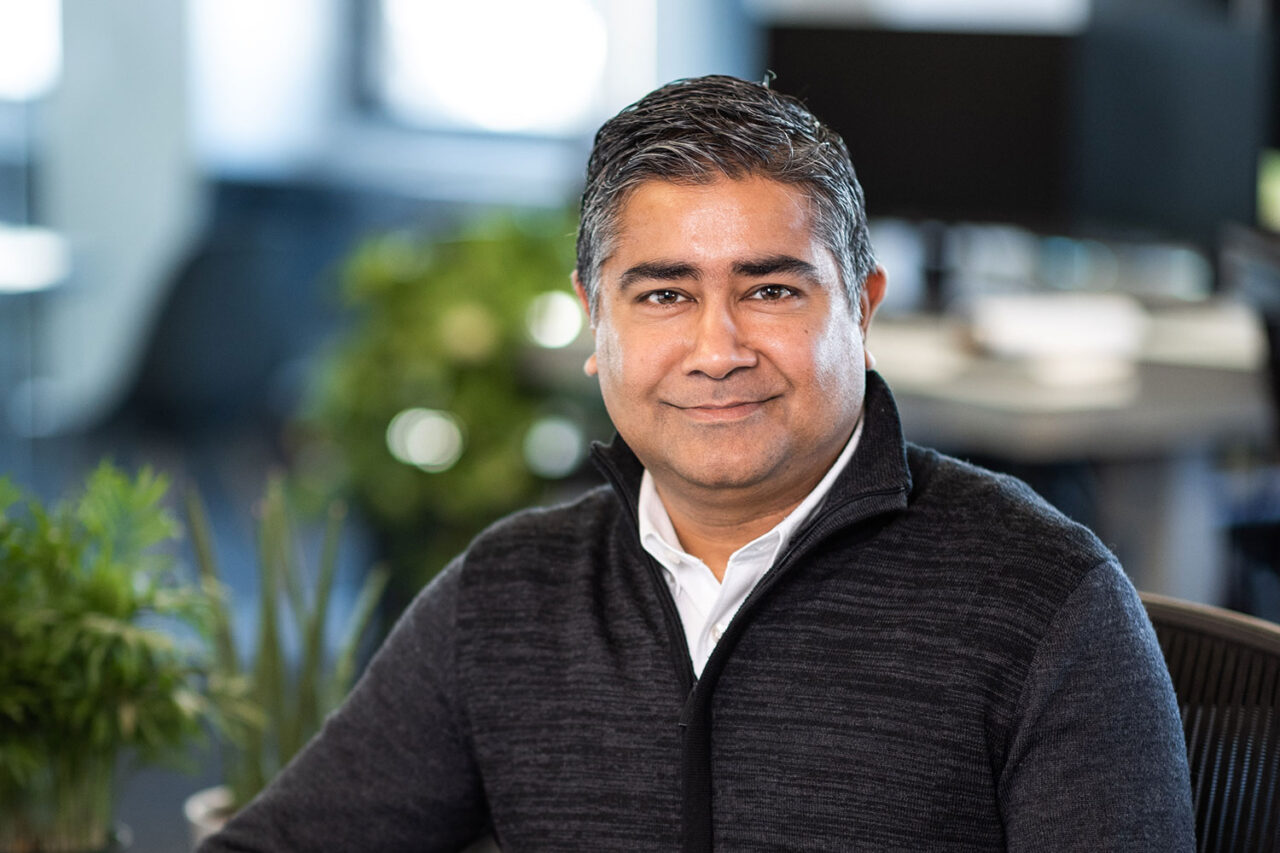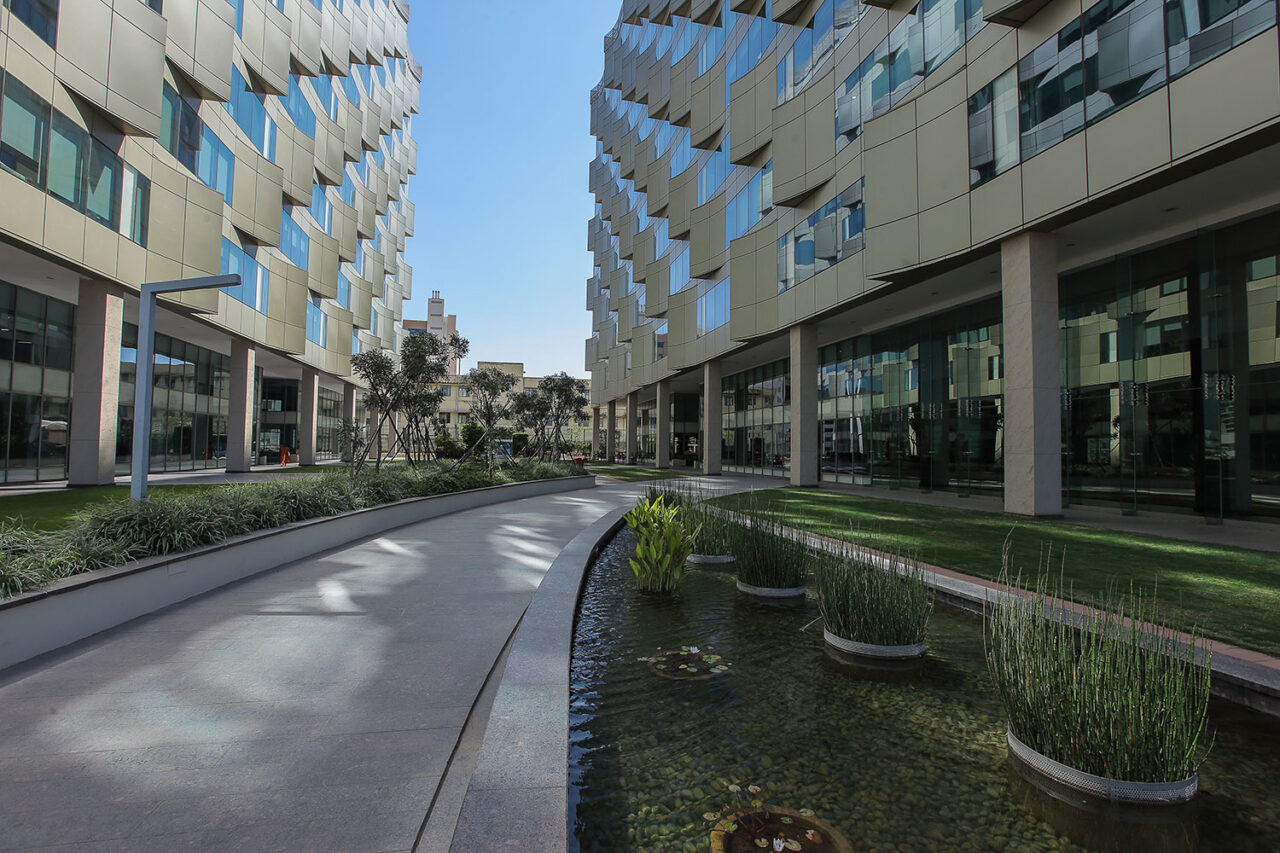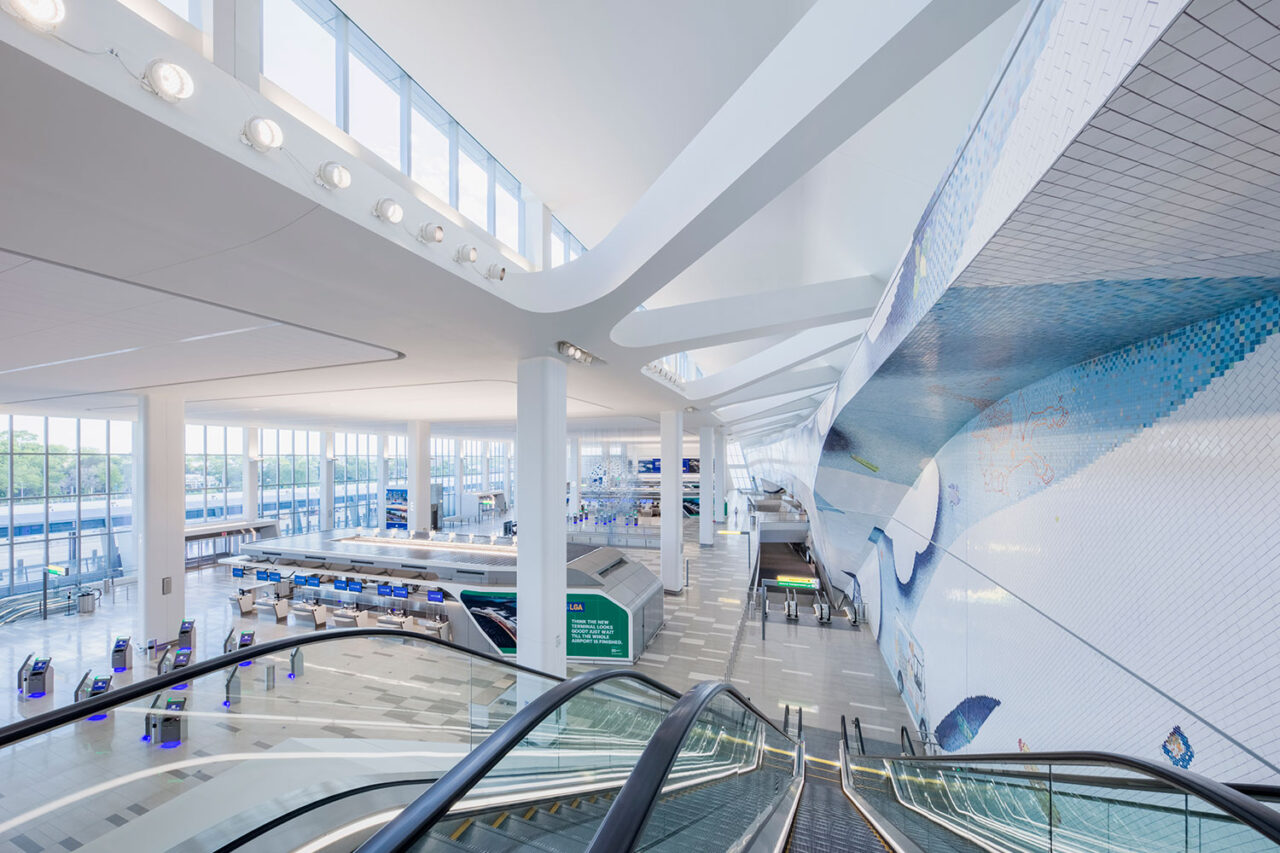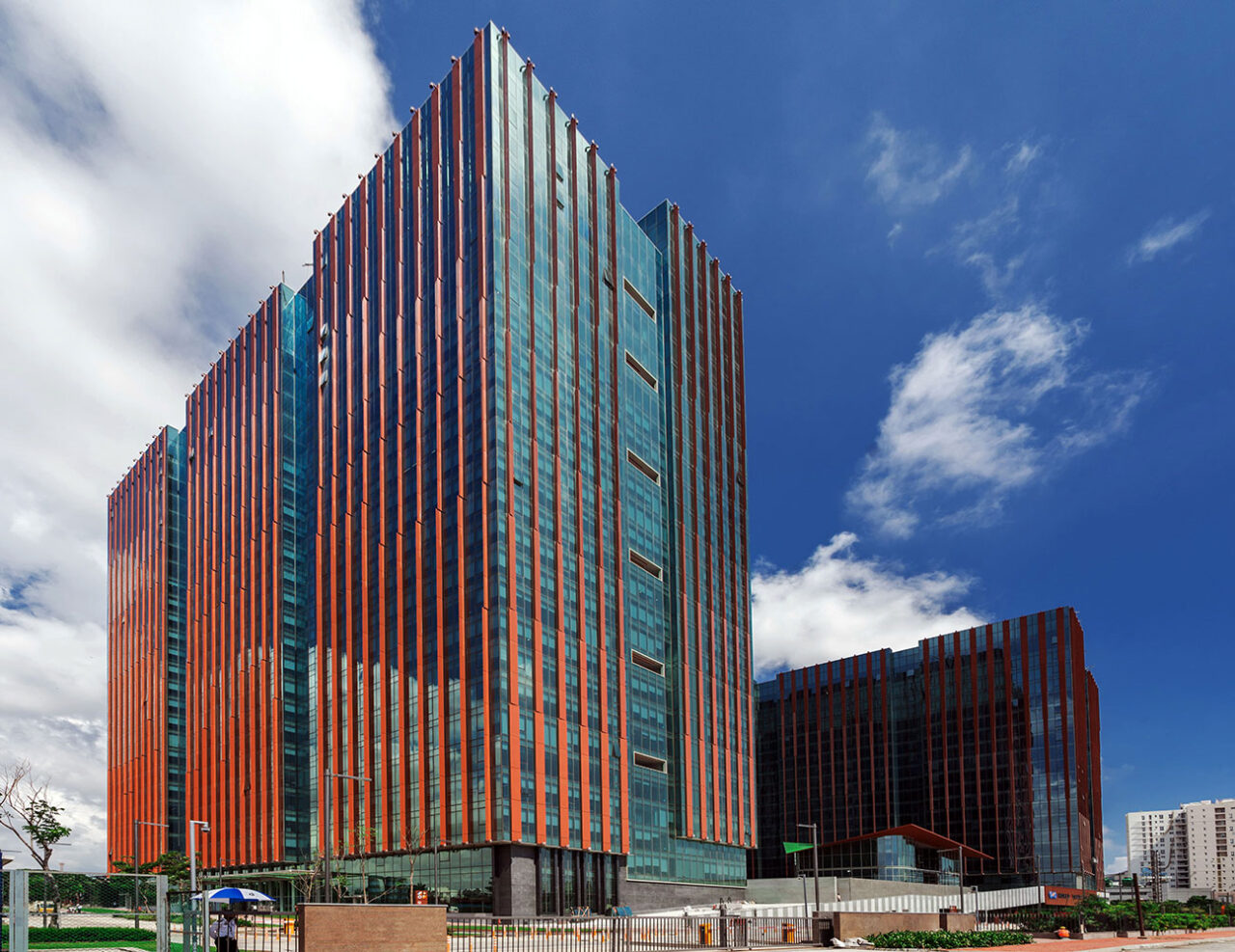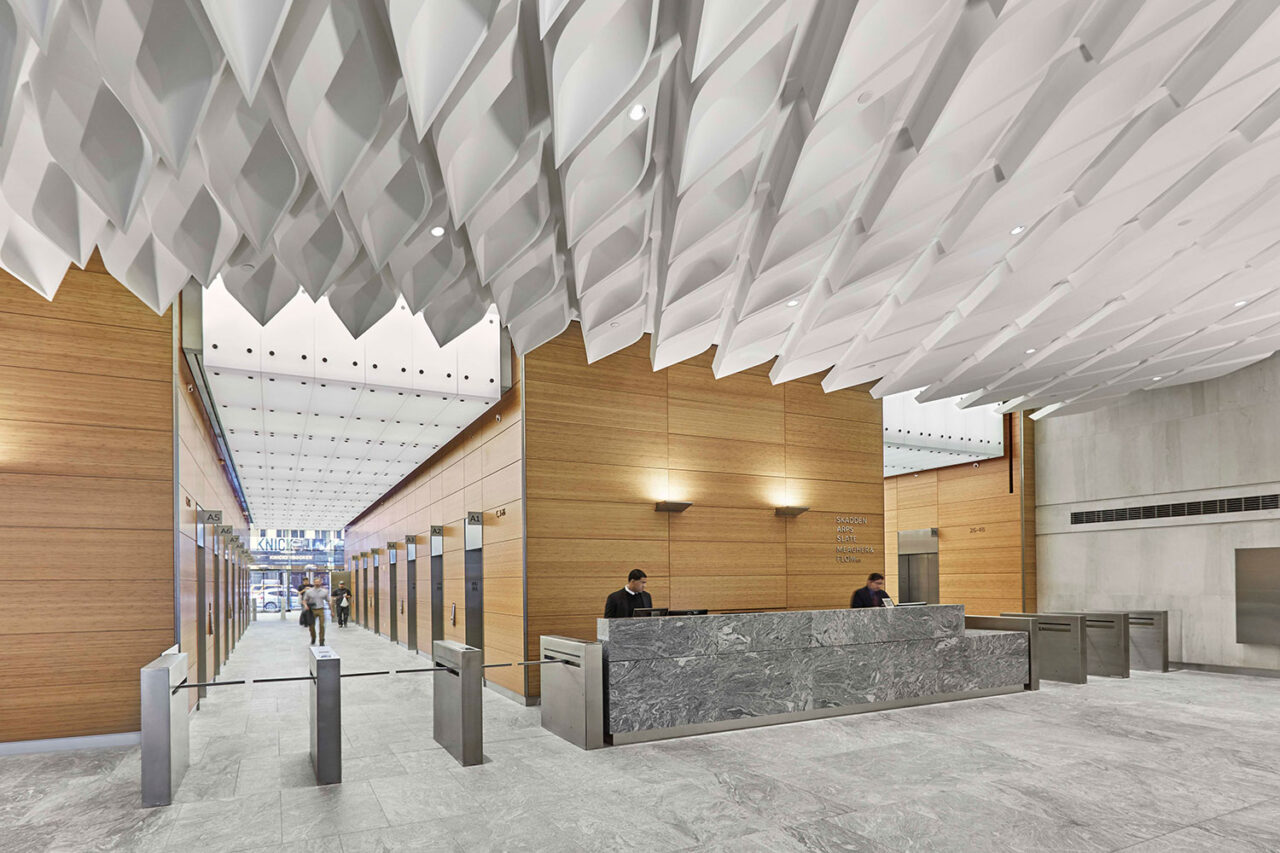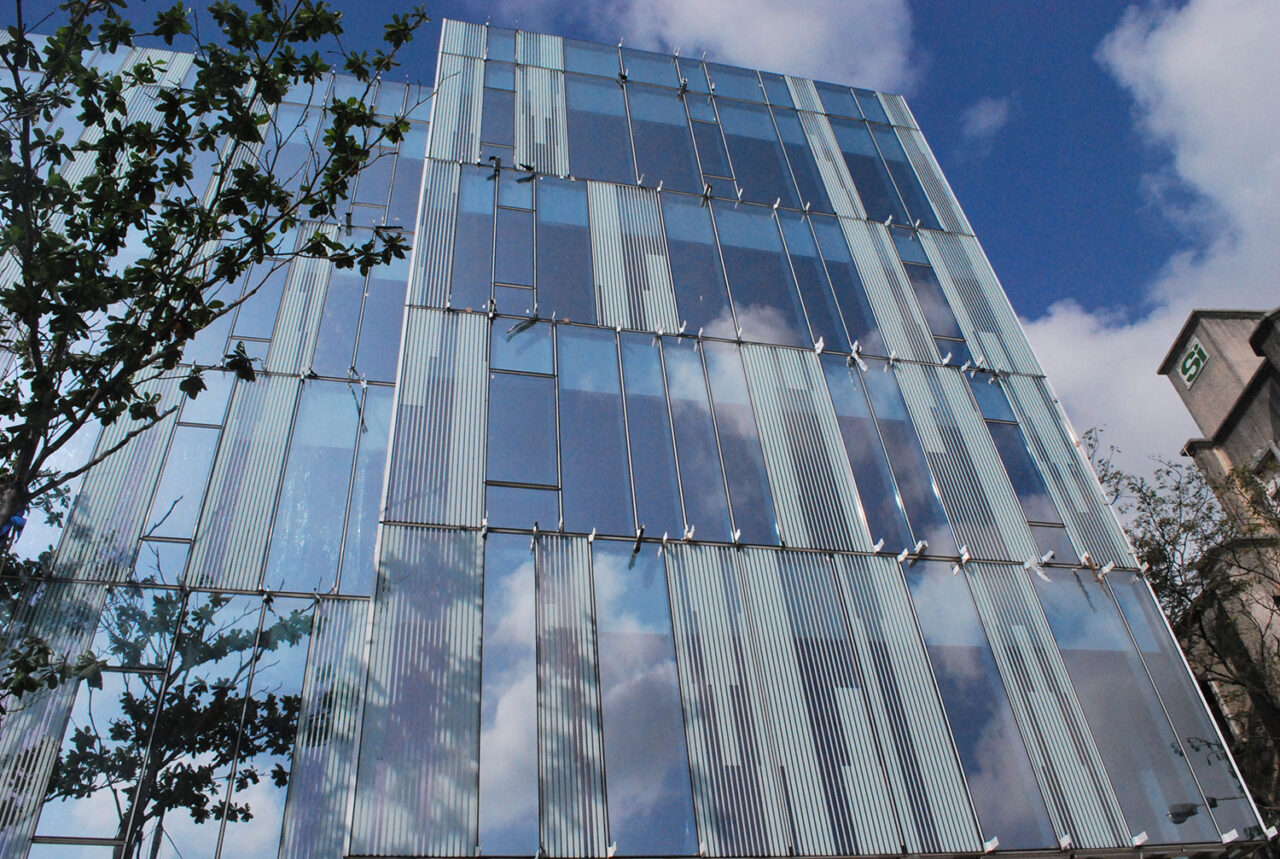by: AIA New York
Varun Kohli, FAIA, LEED AP, is a fierce advocate for environmental and social sustainability. In his current role as Assistant Vice President at Battery Park City Authority, Kohli creates and implements integrated design processes for significant projects globally. His meticulous approach purposefully dissolves the boundaries between built, human, and natural ecosystems. Kohli leads strategic design and planning efforts for the 92-acre development in lower Manhattan with a focus on urban resiliency and decarbonization of existing and new buildings. Prior to joining Battery Park City Authority, Kohli led the sustainability team at Buro Happold to draft Battery Park City’s Sustainability Plan and Green Guidelines. For over a decade, he has worked on integrating environmental analytics with design in firms including HOK and SOM as well as his own practice, Merge Studio in New York.
With his focus on integrating environmental sensitivities in design, Kohli has collaborated with Yale Center for Ecosystems + Architecture (CEA) researchers on novel pedagogical models for environmental design studios. He recently authored a chapter in Energy Modeling in Architecture; A practice guide, published by RIBA. Kohli has also taught courses at Harvard GSD and RPI (CASE) and is a frequent critic at Princeton School of Architecture and U-Penn Design. He currently serves on the board of the Pokhrama Foundation, working to build a net-zero school, providing K-12 education in a remote region of northern India.
This year, the Jury of Fellows of the AIA elevated Kohli to its prestigious College of Fellows in the second category of Fellowship, which recognizes architects who have made efforts “To advance the science and art of planning and building by advancing the standards of practice,” according to the organization’s definition. Only three percent of the AIA’s membership is distinguished with Fellowship. Kohli’s distinction will be celebrated at the AIA Conference on Architecture from June 7–10 in San Francisco, and was also recognized at AIA New York’s Center for Architecture during the 2023 New Fellows Celebration.
Q: What is influencing your work the most right now?
While I have been focused on sustainability in the built environment for some time now, lately most of work has been revolving around climate change and decarbonization, beyond the building scale. At Battery Park City, we are heavily focused on coastal resiliency projects as well as our climate action plan to achieve net-zero carbon by 2050. While we are rapidly adapting to deal with the impacts of climate change, we must continue to mitigate climate change through sustainable practices.
Q: What has been particularly challenging in your recent work?
In large public projects, a key aspect of the project design and development process is community engagement. For Battery Park City Authority’s resiliency projects, our project team has gone through various community and stakeholder engagement meetings and events. These engagements are critical for a two-way conversation, both to explain project complexities and receive input from the community. This is a challenging and critical part of the project and am glad that we have the right experts to support us through.
Q: Do you have a favorite building? Why?
There are so many buildings and projects I love especially from the early modernist era. But the one building that has really inspired me was designed and built later in the 20th century by Gordon Bunshaft of SOM—the National Commercial Bank tower in Jeddah. That project demonstrates how one can reimagine modern building typologies in varying environmental and social context. In Jeddah, this office tower has windowless exterior façade, with all fenestration facing interior, well shaded courtyard spaces, thereby helping minimize direct solar exposure.
Q: What do you see as an architect’s role—and responsibility—within our culture?
Our role in the society is broader and deeper than we often realize. An architect’s work can inspire and invigorate a community and it can help harmonize our relationship with the natural ecosystem. The built environments we help shape reflect who we are and also begin to shape who we want to be. Biophilic design principles in a school building for example, encourages students to interact regularly with natural elements, thereby helping develop young minds that more aware their natural surroundings and beneficiaries of a healthy lifestyle.
Q: What do you think are the biggest challenges, or opportunities, facing cities today?
The biggest challenges for our urban centers are also potential opportunities to rethink and perhaps reestablish our priorities. We are at a cusp of a multitude of fundamental paradigm shifts, impacted by technological advances, changing use of building and urban spaces or rapidly changing climate patterns. Of all the changes that are beginning to drive urban design, climate change is most drastic and urgent, especially in coastal cities like New York. While we reposition our infrastructure to deal with the impacts of climate change, perhaps it is also an opportunity to rethink the public realm designed for its occupants.
Editors’ Note: This feature is part of a series celebrating the members of the American Institute of Architects (AIA) New York Chapter who are elevated each year to the AIA College of Fellows, an honor awarded to members who have made significant contributions to both the profession and society. Learn more about Fellowship here.








